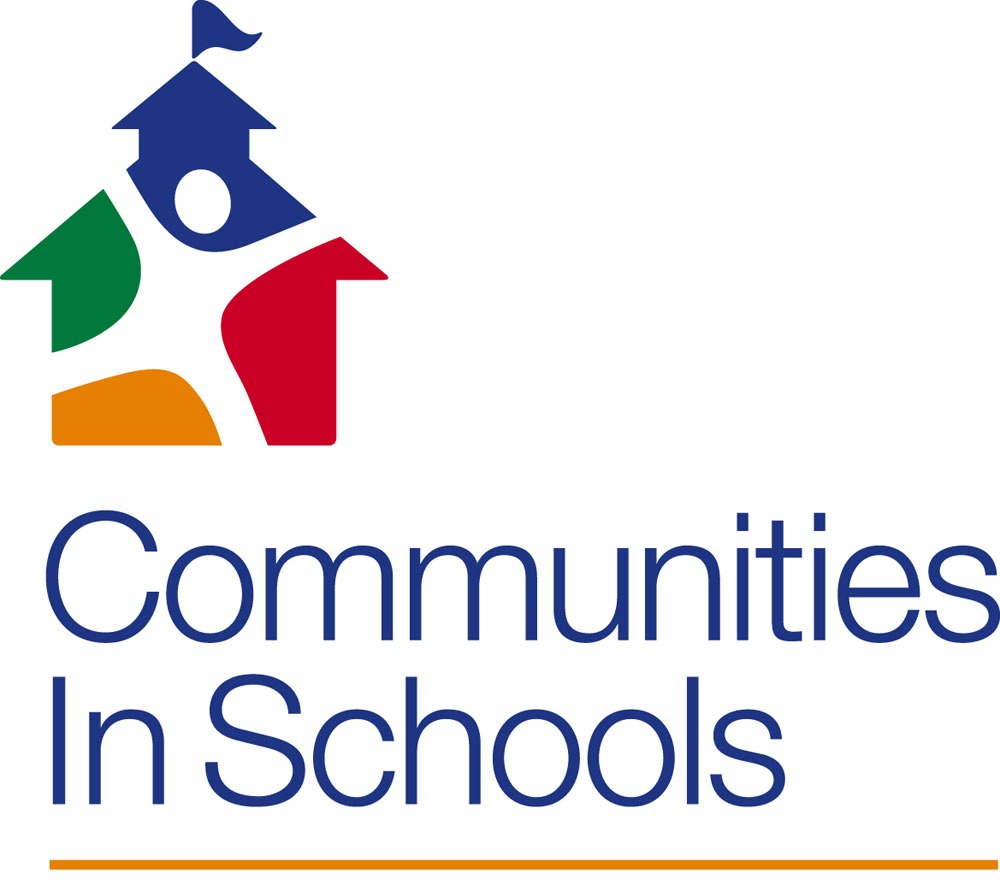
April 9, 2020; Nevada Independent
Say you work in a public school, bringing in resources for all the students and case managing and working directly with others. Suddenly, you find yourself facing a closed building and students who must stay home to protect their health and safety. How will you do your “essential” work? If you work for Communities In Schools of Northeastern Nevada, you figure out some new ways to work, stay connected, and make sure that your students and their families don’t fall through the cracks.
That’s just what the site coordinators for Communities In Schools (CIS) are doing. (Almost like a normal day for them.) CIS works with underserved schools and their students and families in 2,500 schools in 26 states, serving 1.62 million young people and their families in the past year. In Nevada, CIS of Nevada is serving 72 schools and over 72,000 students and their families—roughly one in seven of the state’s roughly 500,000 enrolled students statewide. Provided services encompass everything from case management and counseling, to school-wide programs, to sending backpacks of food home with students for the weekend. When schools closed due to the coronavirus, those services and vital connections closed, too. But not for long.
“What we’ve removed from them is that safe place that they come every day to get their food and get their caring adult and get their cheerleader and their person that’s really championing them to make sure that education and their mental health is a priority,” says Tami Hance-Lehr, chief executive officer of Communities In Schools of Nevada. “So, what we’re now trying to do is flip that switch and figure out all the ways that we can continue to support them.”
CIS site coordinators who normally work in schools are now on the phone with “their” students or out delivering food to students’ homes. In doing this, they are also realizing there are other issues that need addressing. When families are congregating outside of the community gym on the Pyramid Lake Indian Reservation, a site coordinator realized that it was the only place they could get access to Wi-Fi. At that point, they began to deliver paper and pencils, along with food, to help with school lessons.
Sign up for our free newsletters
Subscribe to NPQ's newsletters to have our top stories delivered directly to your inbox.
By signing up, you agree to our privacy policy and terms of use, and to receive messages from NPQ and our partners.
Site coordinators are still doing needs assessments over the phone with students, although some needs certainly have changed along with their environment. Challenges for families whose immigration status may hinder their ability to apply for aid are a major issue, and site coordinators often serve as translators for teachers.
Just being present in the lives of their students seems to be the most important thing for the staff at CIS. And they see the return on the smiles on their faces when they wave at them from their windows as they drop off boxes of food.
In other communities and states, CIS affiliates are addressing the need to stay connected in different ways. In Washington state, CIS has turned its mentorship program into a pen-pal initiative and turned to technology to be able to “see” their students. CIS of Miami has been working with student populations in three migrant camps that are hard to reach, so it has arranged for a local auto dealership to deliver meals to children. In Georgia, the group is partnering with local food banks and food pantries to make sure that CIS students and their families, many of whom do not have access to transportation, have adequate food. South Carolina affiliates are helping secure financial assistance for prescriptions—in particular, for families who may be undocumented. And in Michigan, CIS, like other affiliates across the country, is including books and other learning materials in distribution boxes going to students’ homes. CIS staff are using this as a means of signing younger children up for online libraries as well.
Communities In Schools has been around for over 40 years. It does not look the same as it did when it was established as a storefront alternative called “Cities In Schools.” But the mission to “surround students with a community of support, empowering them to stay in school and achieve in life,” remains at the core of the group’s work. It is clearly reflected in the response of each CIS affiliate to the challenges of the coronavirus. And many disadvantaged students and their families are well-served and grateful because of it.—Carole Levine













